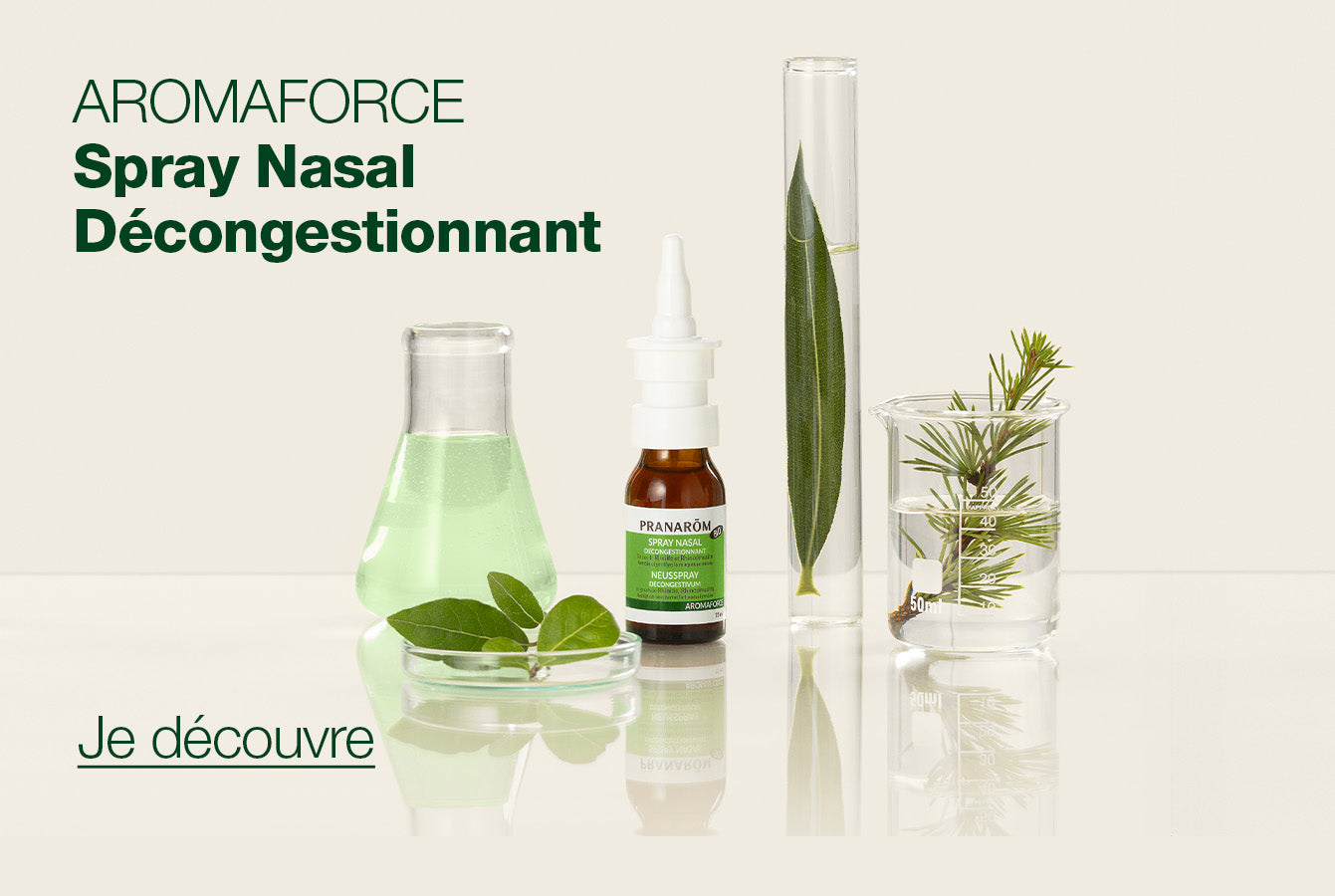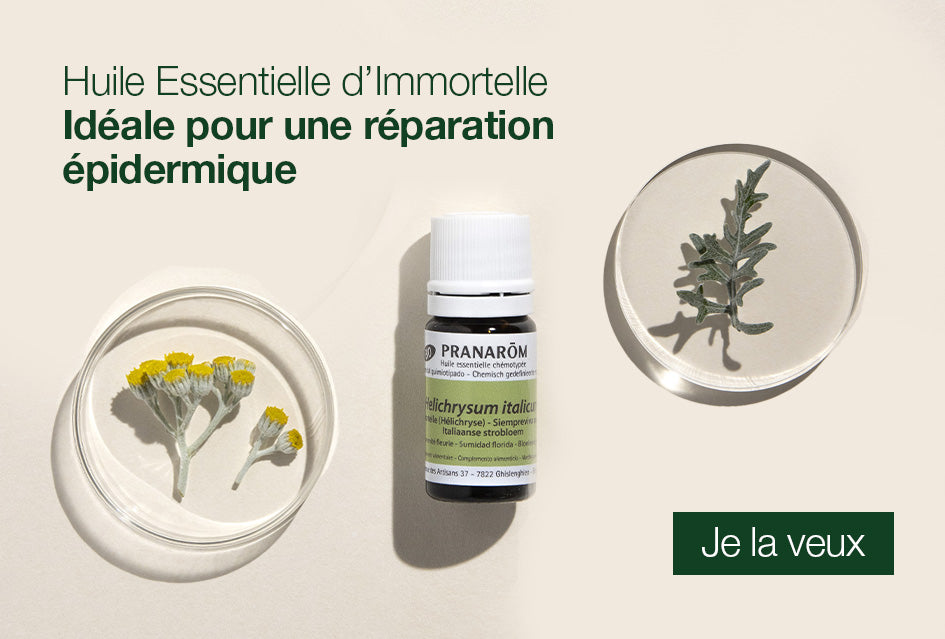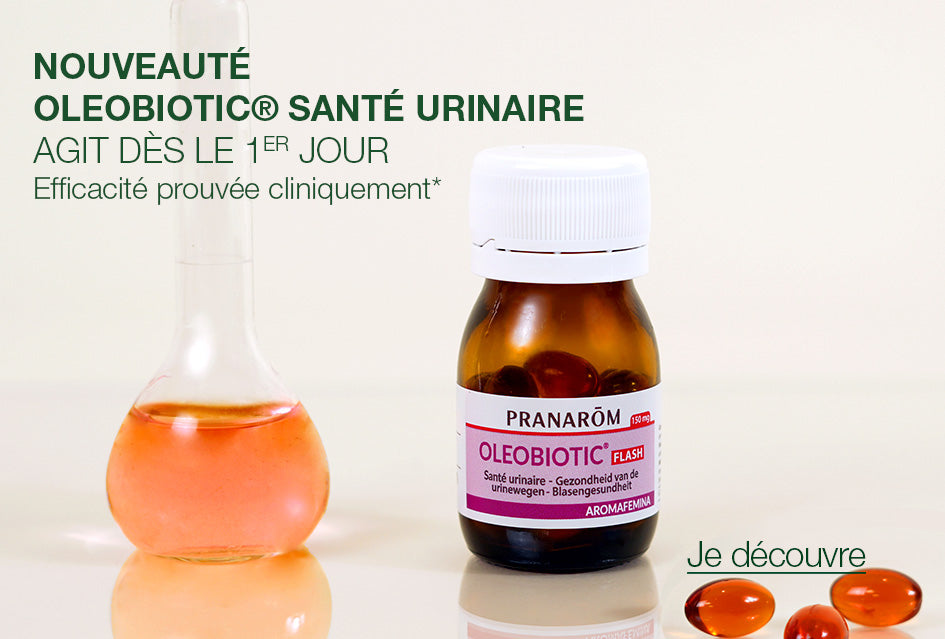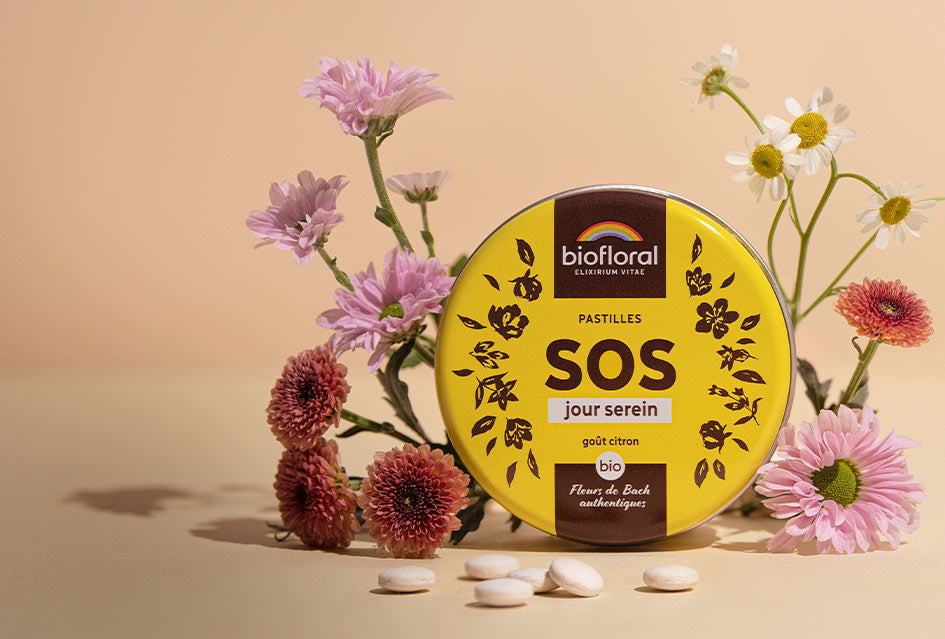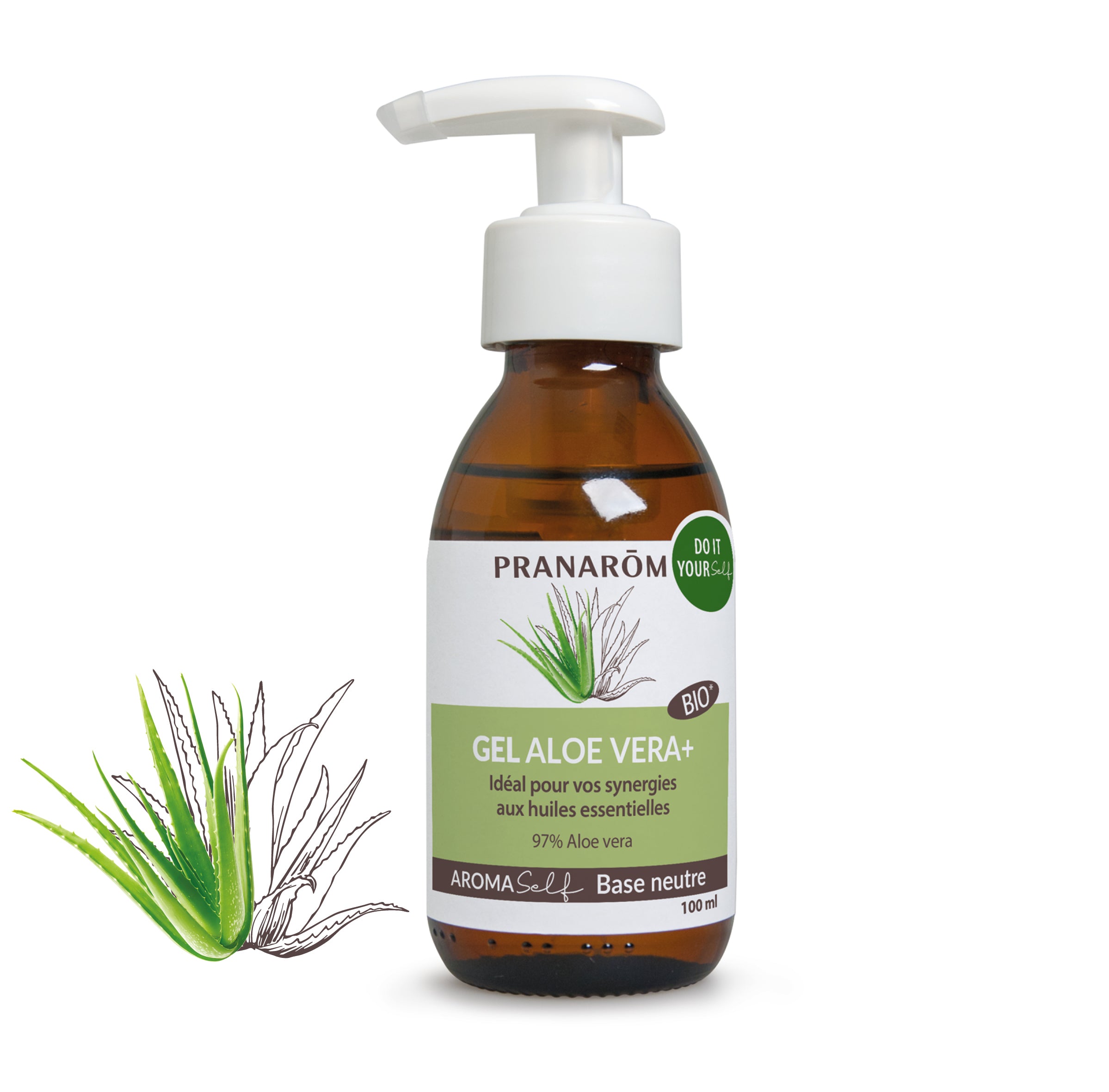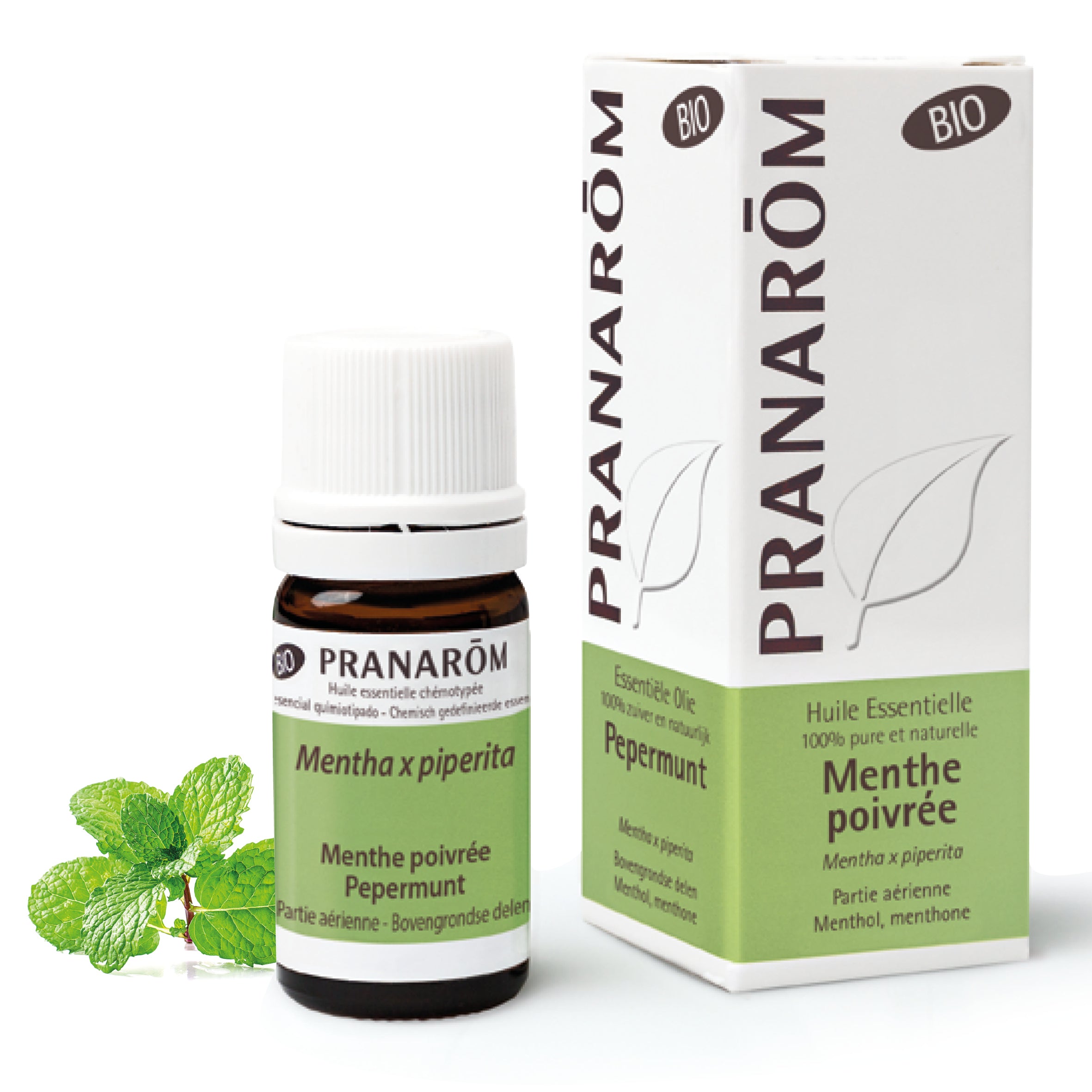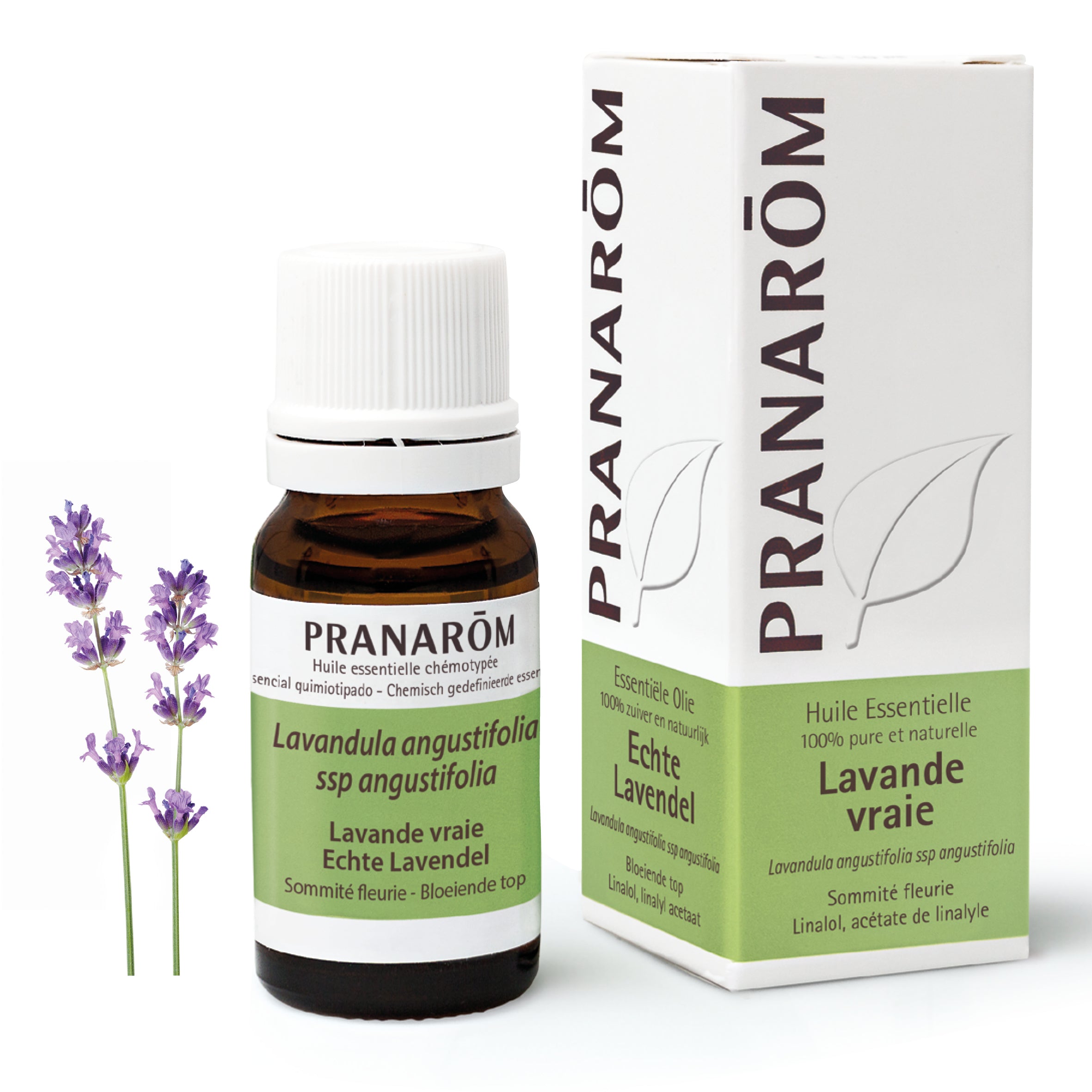How to recognize and relieve heatstroke?
Heatstroke, a common summer problem, occurs when the body is unable to regulate its temperature after prolonged exposure to the sun. This phenomenon, often mistaken for heatstroke, can lead to symptoms such as headaches, nausea, and even neurological disorders. Fortunately, there are natural solutions to relieve heatstroke and prevent its effects. In this guide, discover the symptoms to watch for, precautions to take to avoid heatstroke, and natural remedies, including the use of essential oils, for a quick and safe recovery.
What is sunstroke?
Heatstroke occurs when the body is excessively exposed to the sun, particularly during the hottest hours of the day, causing a dangerous rise in body temperature.
Unlike a simple sunburn, which primarily affects the skin, heatstroke affects the body's thermoregulatory system, leading to hyperthermia. This condition can be exacerbated by dehydration, which makes it difficult for the body to cool down naturally through sweating.
Children are particularly susceptible to heatstroke because their bodies regulate temperature less efficiently. They can quickly become affected by prolonged sun exposure, particularly due to their thinner skin and reduced ability to sweat.
What are the symptoms of heatstroke?
Symptoms of heatstroke vary depending on the severity of the condition. Some of the most common signs include:
- A feeling of intense heat in the face;
- Severe headaches;
- Red and hot skin;
- Feeling dizzy or lightheaded;
- High fever, often above 39°C;
- Mental confusion or irritability;
- Nausea and vomiting;
- Loss of consciousness in the most severe cases.
Symptoms in children may include:
-
Inconsolable tears;
-
Great irritability;
-
Red, warm skin;
-
Excessive sleepiness.
These symptoms can appear quickly after prolonged sun exposure and require prompt intervention to avoid serious complications , such as permanent organ damage or even fatal heatstroke .
How to avoid sunstroke?
Preventing heatstroke is essential, especially during periods of extreme heat. Here are some practical tips to reduce the risk.
Regular hydration
Drinking water regularly is the first step in preventing heatstroke. Water helps the body regulate its temperature through perspiration. During periods of extreme heat, it is recommended to drink at least 1.5 to 2 liters of water per day , even if you do not feel thirsty. Drinks containing caffeine or alcohol should be avoided, as they promote dehydration.
Shade and regular breaks
Avoid direct sunlight between 11 a.m. and 4 p.m., when UV rays are strongest. If you must be outdoors, make sure you take regular breaks in the shade.
Wear light -colored , lightweight clothing , a wide-brimmed hat , and sunglasses to protect your eyes from UV rays. It is also advisable to limit intense physical activity during this time.
Sunscreen
Applying sunscreen primarily protects against sunburn, but it also plays a role in preventing sunstroke by avoiding skin burns , which can aggravate the sensation of heat and increase body temperature.
Make sure you choose a sunscreen with an SPF that's right for your skin type, and reapply it regularly, especially after sweating or swimming. Also, consider soothing sunburn with essential oils .
Additional precautions for children
It is essential to take extra precautions for children, such as:
-
Keep them in the shade at all times;
-
Moisturize them regularly,
-
Prohibit going out during the hottest hours of the day.
The use of light clothing and wide-brimmed hats is particularly recommended to protect the youngest.
The benefits of essential oils against sunstroke
Essential oils can play a role in preventing and relieving the symptoms of heatstroke. Some oils have cooling and soothing properties that help regulate body temperature and soothe the side effects of sun exposure.
Peppermint essential oil
Peppermint essential oil is particularly effective in helping to lower body temperature thanks to its cooling effect . It can be used diluted in a vegetable oil for a light massage on the temples, neck, or wrists.
For optimal use :
-
Skin application : Dilute 2 drops of Peppermint essential oil in 10 drops of vegetable oil (such as sweet almond oil) or a small amount of aloe vera and apply to the back of the neck or temples for an instant cooling effect.
-
Spray : Spray Peppermint hydrosol on your face, neck, or body for immediate and long-lasting relief. Keep your hydrosol cool.
Contraindications :
Peppermint essential oil is prohibited for babies under 3 years old and not recommended:
-
To pregnant and breastfeeding women;
-
For children under 6 years old;
-
For people with epilepsy.
Aloe vera and peppermint are essential ingredients to have in your natural summer first aid kit . Keep them cool to enhance their cooling effect.
True Lavender essential oil
Known for its soothing properties, true lavender essential oil can help calm headaches and dizziness associated with sunstroke. It also has a healing effect that can be beneficial in cases of associated sunburn .
For optimal use :
-
Cutaneous application : Dilute 3 drops of true lavender essential oil in 10 drops of vegetable oil or in one drop of aloe vera gel and apply to the forehead, temples and neck.
-
Spray : True Lavender hydrosol is ideal for soothing and refreshing the skin. Spray directly onto the face, neck, or heat-affected areas, or apply as a compress to quickly soothe the symptoms of heatstroke.
Contraindications :
True Lavender essential oil is not recommended during pregnancy and breastfeeding and for children under 6 years old.
What to do in case of heatstroke?
When suffering from heatstroke, it is crucial to act quickly to prevent the situation from worsening. Here are the steps to follow to lower your body temperature:
-
Move the person to the shade : Immediately move the affected person to a cool, shaded area. Lie them down, preferably with their legs slightly elevated to promote blood circulation. If possible, undress the person or remove excess clothing to allow heat to escape more easily.
-
Hydrate gradually : Have the person sip water. Avoid iced drinks, as they can cause thermal shock. In cases of severe dehydration, an oral rehydration solution may be helpful. Use ready-made solutions available at pharmacies or electrolyte drinks.
-
Cool the body : Apply cool (not ice-cold) water compresses to the head, neck, wrists, and ankles. If possible, immerse your feet in a basin of cool, but not ice-cold, water to promote gradual cooling of the body without causing thermal shock. You can also use a fan or water mist to help lower body temperature.
-
Monitor symptoms : If the person does not show signs of rapid improvement or if symptoms worsen (such as loss of consciousness, confusion, or persistent vomiting), seek medical help immediately or call emergency services.
For children, it is advisable to consult a doctor at the first symptoms of heatstroke, because their thermoregulatory system is more fragile and complications can arise more quickly.
This summer, enjoy the sun with peace of mind thanks to a few simple and natural preventive measures. Essential oils, shade, and regular hydration are your best allies for avoiding sunstroke and alleviating its effects. Prepare to savor every moment without fear of heatstroke.


